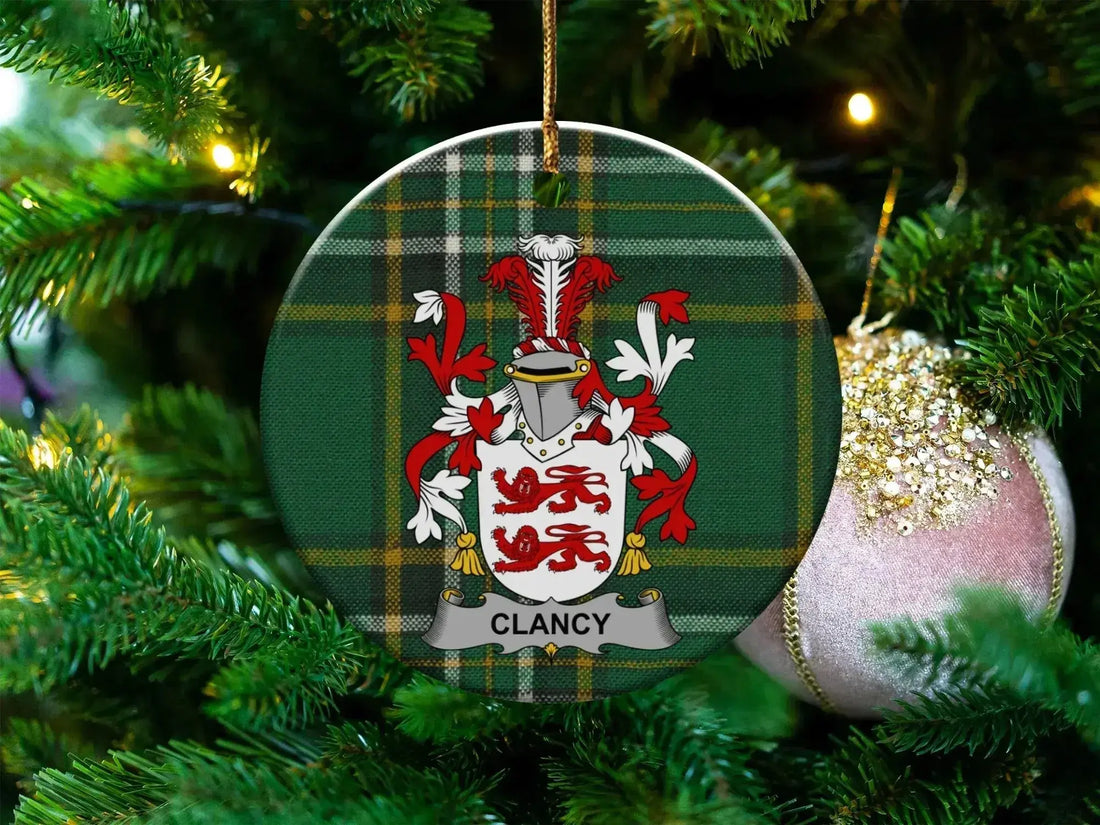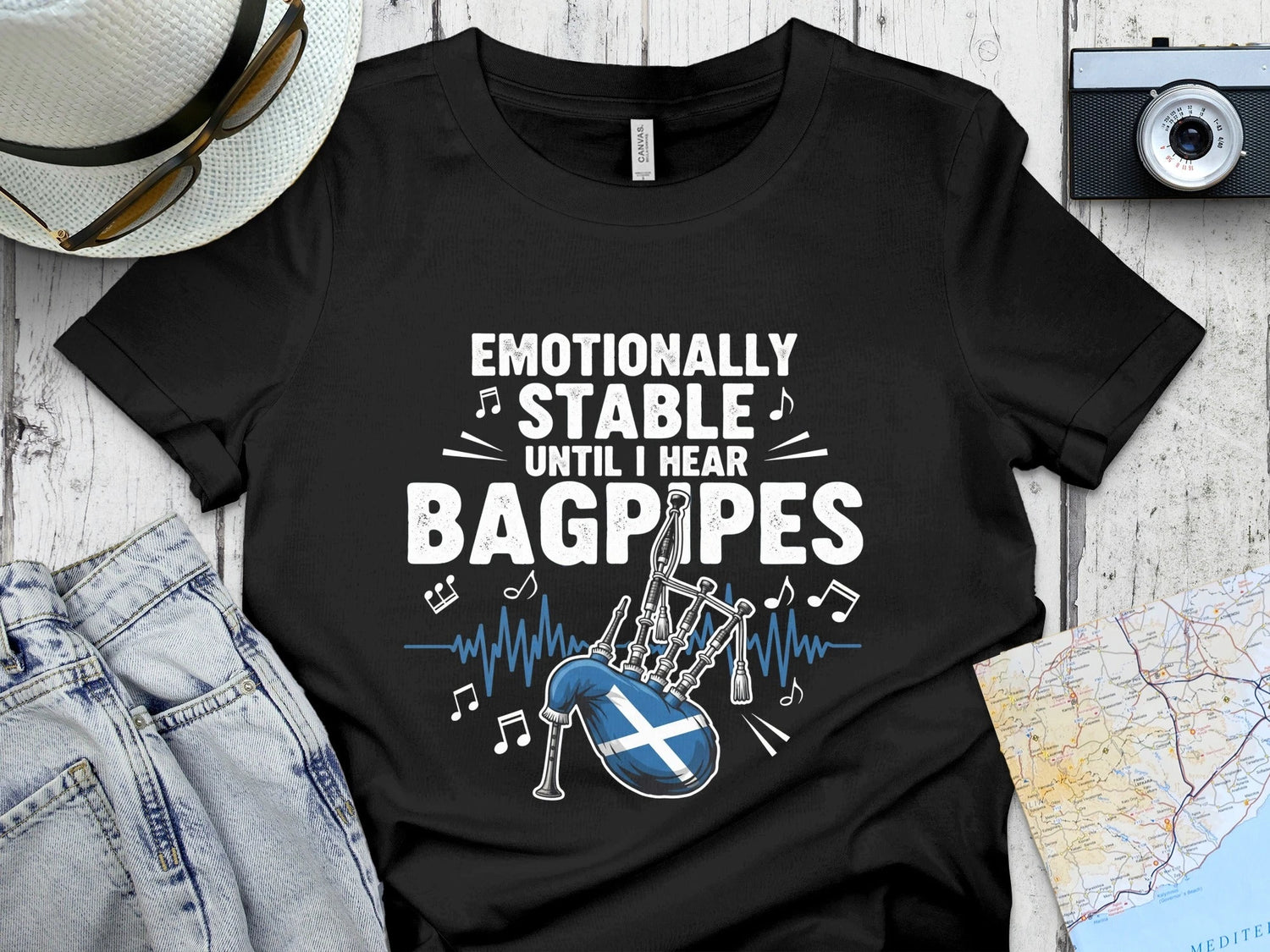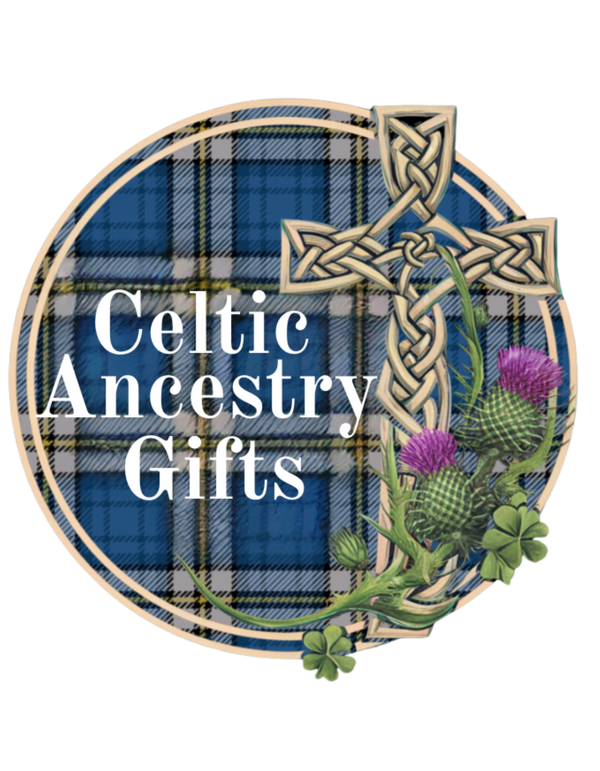
The Clancy Surname: Keepers of Connacht’s Gaelic Flame
Share
1️⃣ Introduction: The Proud Heritage of the Clancy Name
Few Irish surnames carry such lyrical charm and deep Gaelic resonance as Clancy. Rooted in Ireland’s west, the name conjures the rugged landscapes of Connacht, the sound of the Irish language, and the stories of poets, priests, and patriots who carried it through the centuries.
To bear the name Clancy is to belong to one of Ireland’s truly ancient Gaelic families—a clan that has produced scholars, musicians, and storytellers whose voices still echo the pride of their forebears. From County Clare to Leitrim, the Clancys have long embodied the heart of Irish culture: strong in spirit, devoted to community, and ever faithful to their roots.
2️⃣ History & Origins of the Clancy Surname
The surname Clancy derives from the old Gaelic Mac Fhlannchadha, meaning “son of Flannchadh.” The personal name Flannchadh comes from flann, meaning “red” or “ruddy,” likely referring to a person with a fair or reddish complexion.
Originally, the Clancy family were a Dalcassian sept—part of the same powerful tribal grouping that produced the famous O’Briens, descendants of the legendary High King Brian Boru. The Dalcassians ruled much of what is now County Clare, and the Clancys served as hereditary lawyers (brehons) and judges to the O’Brien kings of Thomond.
Their status as legal scholars placed them among the respected learned families of medieval Ireland. The Mac Fhlannchadha name appears frequently in early annals, with members of the family noted as advisers, scribes, and record-keepers in the courts of the Gaelic aristocracy.
A separate but related sept of Clancys also settled in Counties Leitrim and Roscommon, where they became chiefs in the district of Dartraighe (modern Dartree). These northern Clancys maintained their independence well into the late medieval period, contributing to the spread and endurance of the surname across the Irish midlands and west.
3️⃣ Spelling Variations & Related Names
As the English administration spread across Ireland, Gaelic names were often simplified or phonetically recorded, leading to numerous spellings.
Variants: Clancy, Clanchy, Clanchie, Clancey, Clanchy, MacClancy
Gaelic Form: Mac Fhlannchadha (pronounced Mac-LAN-kha)
Related Families: O’Brien, McMahon, and MacNamara (other Dalcassian clans)
The prefix “Mac” was frequently dropped during periods when Gaelic identity was suppressed, though it still appears in older family records and some regional branches.
4️⃣ Lands & Legacy of the Clancy Clan
The ancestral homeland of the Clancy family lies in County Clare, within the historic province of Munster, though their influence extended north into Leitrim and Roscommon.
In Clare, the Clancys were closely associated with the O’Brien royal line, living around Tuamgraney, Killaloe, and the lush lands surrounding Lough Derg. Their connection to the legal profession meant they often resided near monastic schools and courts, serving as mediators, poets, and interpreters of Brehon Law.
Farther north, the MacClancys of Dartry (in present-day County Leitrim) were minor chieftains under the O’Rourkes and maintained a stronghold at Rossclogher Castle, overlooking Lough Melvin. This picturesque site remains one of the most scenic and storied of the northwest, steeped in clan history and folklore.
The Clancy name later spread throughout Ireland, particularly in Counties Clare, Limerick, and Leitrim, where it remains common to this day.
5️⃣ Migration & Modern Day Presence
The Clancys, like many Irish families, experienced upheaval during the 17th and 18th centuries. With the decline of the Gaelic order and the suppression of traditional professions such as the Brehon judges, many were forced to adapt—turning to farming, teaching, and later emigration.
During the Great Famine (1845–1849), numerous Clancy families left Ireland for the United States, Canada, Australia, and Britain. Passenger lists from New York and Boston record dozens of Clancys arriving between 1847 and 1852, often from Clare and Leitrim.
In the modern era, the Clancy name gained international recognition through cultural revival. The beloved Clancy Brothers, folk singers from Tipperary, brought Irish music to the global stage in the mid-20th century, helping to reignite worldwide pride in Irish heritage.
Today, Clancys can be found across the globe, though the name remains most concentrated in western Ireland—especially in Clare, Limerick, and Leitrim.
6️⃣ Fun Fact: The Singing Name of Ireland
The Clancy name became a symbol of Irish song and storytelling through The Clancy Brothers, whose music popularized traditional Irish folk songs around the world. Dressed in their iconic Aran sweaters, they brought the warmth, wit, and rhythm of Irish heritage to audiences far from home—reminding everyone that Irish pride is best shared in story and song.
7️⃣ Celebrate Your Clancy Heritage
The Clancy surname carries a legacy of wisdom, artistry, and resilience—born from Ireland’s Dalcassian kings and kept alive through centuries of faith and creativity. From Brehon judges to beloved musicians, the Clancys have always embodied the heart of Irish tradition.
💚 Search your family name in the search bar above to explore your clan gifts. Discover your Clancy crest on mugs, t-shirts, blankets, ornaments, wall art, phone cases, magnets, flags, and more—beautiful keepsakes to honor your proud Irish lineage.

